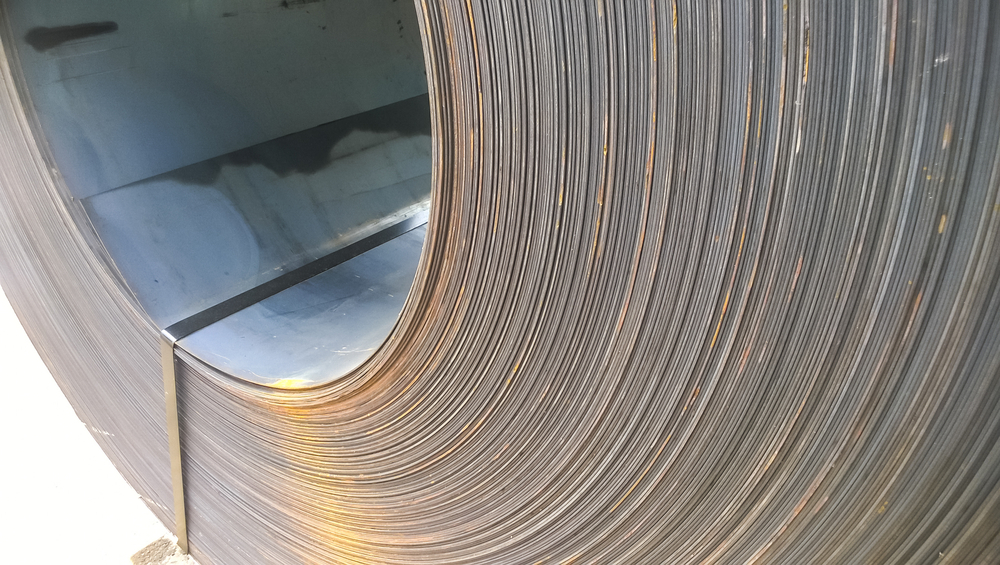
News Global Market hot-rolled products 527 19 July 2023
About 40% of the total import quotas for hot-rolled coils have already been used
European importers of hot-rolled coil (HRC) are relatively quick to use quotas for the third quarter of 2023, reports Kallanish.
According to the latest data collected by MCI for Eurometal, about 40% of the total quotas for hot-rolled coil imports in the period indicated have already been taken. In particular, two-thirds of HRC import quotas in the other countries subcategory, as well as three-quarters of the quota specially allocated for South Korea, have been exhausted.
In the second quarter of 2023, almost 2.3 million tons of HRC were imported to the EU, since the beginning of July – almost 900 thousand tons of this product.
According to the final data, in January-May 2023, the total volume of hot-rolled coil imports decreased by 25% year-on-year – to about 8 million tons. Italy became the largest importer in this period (2.6 million tons), followed by Spain and Belgium (1.3 million tons each).
At the same time, according to the Global Trade Tracker, in May 2023, the total volume of imports of hot-rolled coil in the EU increased by 42% y/y and almost by 30% m/m – up to 1.1 million tons, informs Argus.Media. The increase was underpinned by an increase in Asian material arrivals.
India became the largest supplier of HRC to the EU in May – imports from this country increased by 8.6% m/m – up to 174 thousand tons. Vietnam follows, which increased supplies by about three times compared to April 2023 – up to 161 thousand tons. In May 2023, Egypt exported 143 thousand tons of this product to the EU (+43% compared to April), Taiwan – 128 thousand tons (+66%), Japan – 117 thousand tons (+24 %), South Korea – 92 thousand tons (+18%).
Earlier, EcoPolitic wrote, that world prices on hot-rolled roll in mid-June 2023 fell. There were many HRC offerings in the European market, both imported and domestic, so consumers were not willing to pay the higher price. Falling prices in the EU led to a sharp influx of imports.



